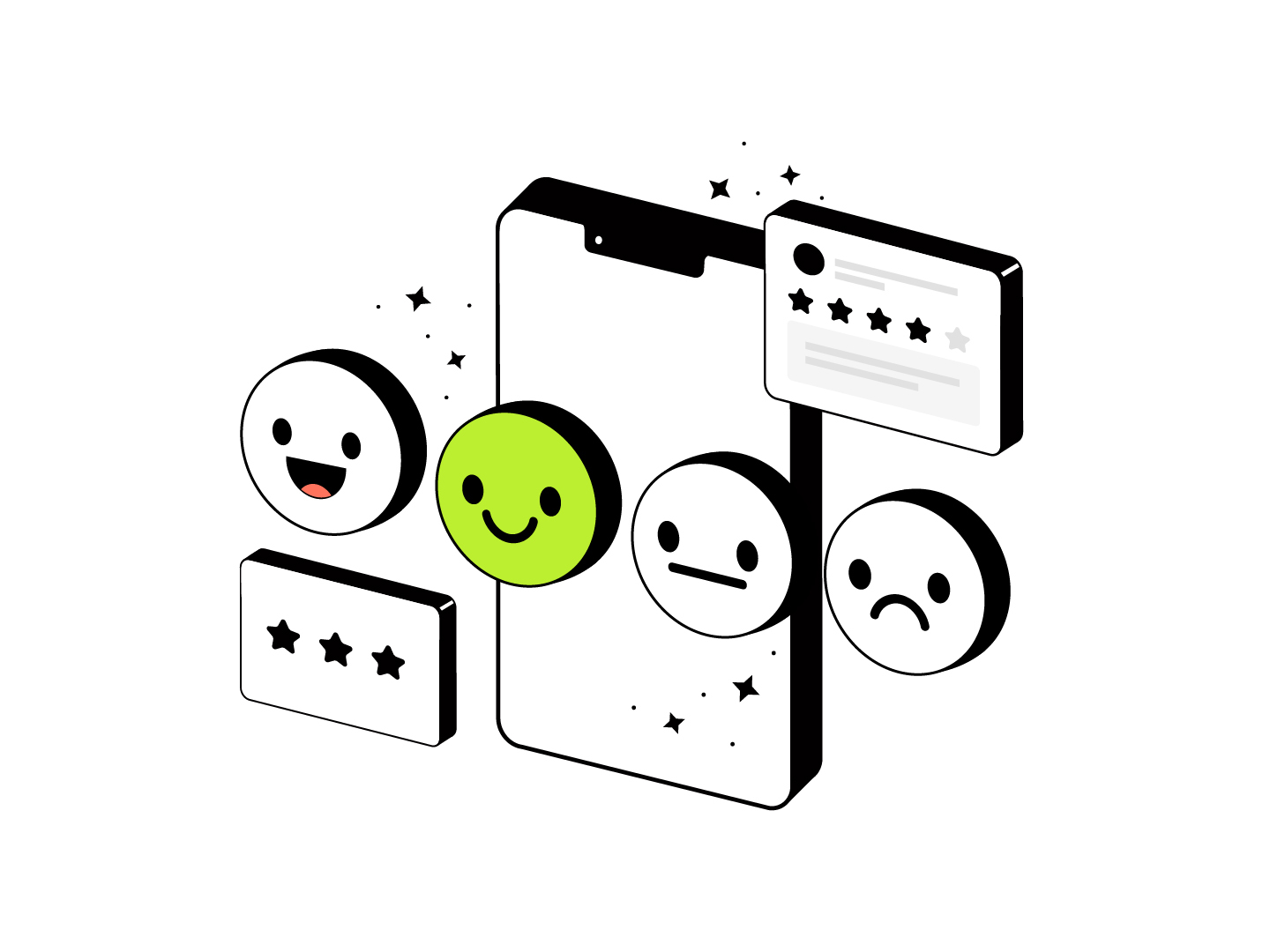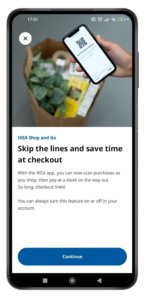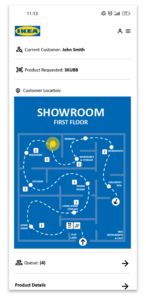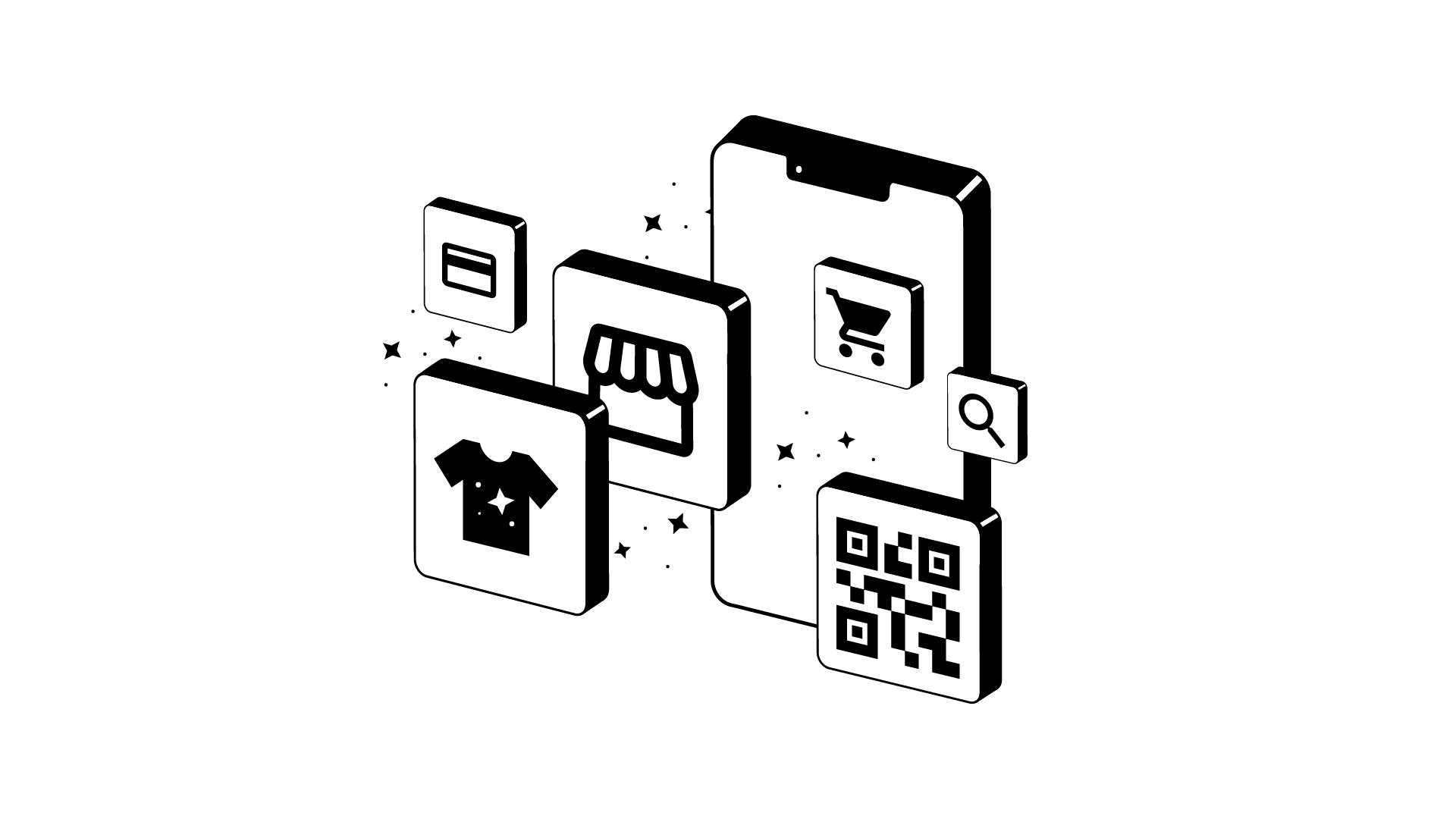What is customer experience?
Customer Experience, CX for short, is the name given to the group of perceptions and impressions that a buyer has of a company after experiencing the customer journey. From the brands perspective it is the image that is portrayed before, during and after an interaction and how that compares with the guidelines initially defined. It is all about focusing on the relationships between the business and the customer.

This can be achieved via digital products in the most detailed of ways with the right approaches and continuously built upon for improvement with the right tools.
Following are a few factors that should be considered carefully, along with some effective techniques and approaches when looking at Customer Experience in digital products.
Convenience = Reducing Time = Convenience.
In a fast-paced consumer first world we need to consider that time is likely to be amongst the top concerns especially in repetitive tasks such as weekly grocery shopping for instance. It is directly affected by ease of use and is expected to be a fluid journey from start to finish. The Expedience bias comes into play here, it is a somewhat common trait in consumer behavior, particularly in an overwhelming day of decision making. In a 2021 study of the main reasons users, by generation, choose to shop online, 50% choose that it is more convenient than traveling to shop in-store. There is also a case for the argument that the percentage will increase year on year under normal circumstances. Furthermore both Gen X and Baby Boomers can be added to this equation as it becomes more and more natural that digital products are ingrained in our day to day lives as has been the case going on 30 years now, at least since the dawn of e-commerce giants such as Amazon and eBay.

Let’s have a look at some of the innovative ways retail is deploying convenience and how it can be iterated upon for betterment:
Pre-Shopping and Scan as you Shop
How can we make traveling to the store a more compelling experience?

Well, massive retailers such as John Lewis have opted to go with services that offer greater convenience such as Click & Collect. It is a great option in that it means you can shop from a comfortable home environment leaving you at ease with your choices. It also tends to bridge the gap between the digital and the physical, providing the option to pick up the final product often times faster in person than a delivery a day later.
IKEA presents a more recent feature - Shop and Go: where the user scans products as they shop in-store, simply scanning a final QR code on exit, this drastically speeds up the in-store shopping journey.
Both features mentioned allow for a much swifter experience and offer great flexibility for the consumer consequently saving time.
Retail management systems latest statistics are showing that 79% of consumers now prefer self checkout after COVID and would like to continue doing it and 75% of companies are planning to allocate in store mobile tools in their budgets within the next year. It is a great time to not only consider how to implement these features but also how to progress.
So what’s next?
As market acceptance rates go up so should extensions and innovations of the current features. Below is a mockup of how we can extend the current popular method of Shop and Go to resolve a problem that I personally come across quite often, let’s use IKEA as an example:
Use Case:
I have chosen my item and scanned it to add to my cart, I go to grab the box from the shelf and realize they are out. My next step is to confirm this in store with the section representative but he/she is nowhere to be seen or the one that I do find has to then look for the right colleague to help me with that specific item. This can be a frustrating wait at the best of times.
Resolution = Customer Highlighting:
Have the Representative come to you with a call button. Provided the user is connected to store wifi we can leverage Wi-Fi Positioning Systems for accurate indoor location tracking. This should drastically decrease waiting time and ultimately provide a more swift experience allowing you to shop or look around as you wait. Not to mention the information that the store representative can have at hand before he has even met the customer i.e product info and specs for the product in question.

It also allows for great organizational or logistical benefits for the business.

On the left is an example of a dashboard that can be easily accessed by a member of staff to locate the customer in question.
- Comprehensive map with pinpoint triangulation using WiFi routers and repeaters in store.
- Automated queues and customer load distributed between designated staff, more effectively tackling an on-going issue in the sector.
- Potential for sorting by the nearest customer.
- Dealing with an issue having covered less distance ultimately saving time and becoming a more effective customer care unit.
- More information at hand the staff member is ready to tackle any question the customer may send their way providing a better service and keeping customers impressed.
- A highly effective means of highlighting customers, particularly in large stores.
At no point during the writing of this piece was AI used. The thoughts, words and images are entirely of and from the author.
